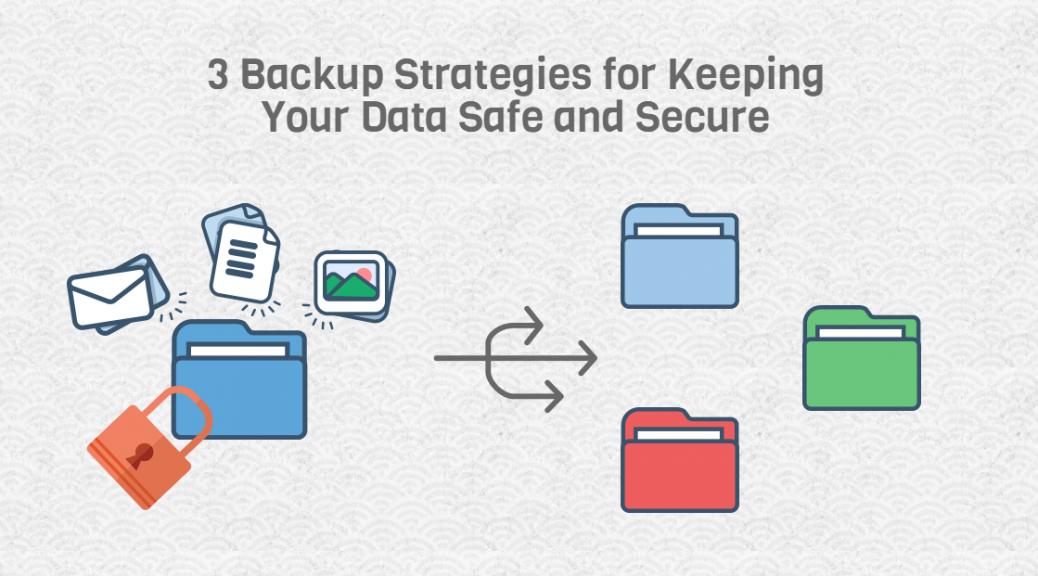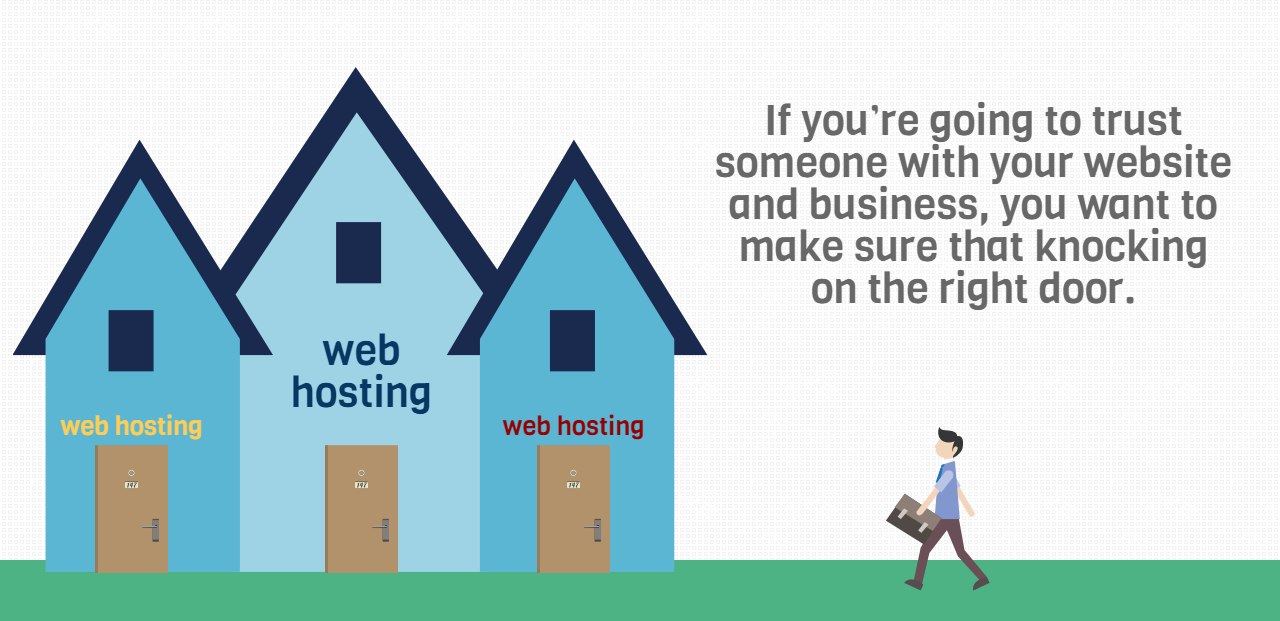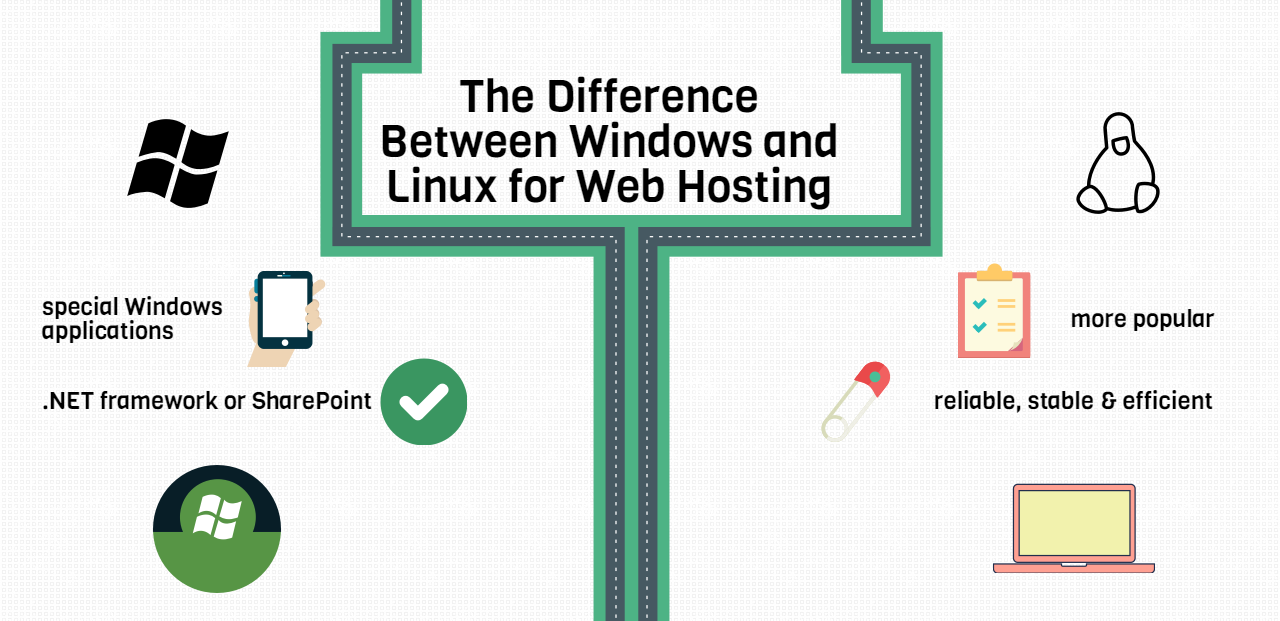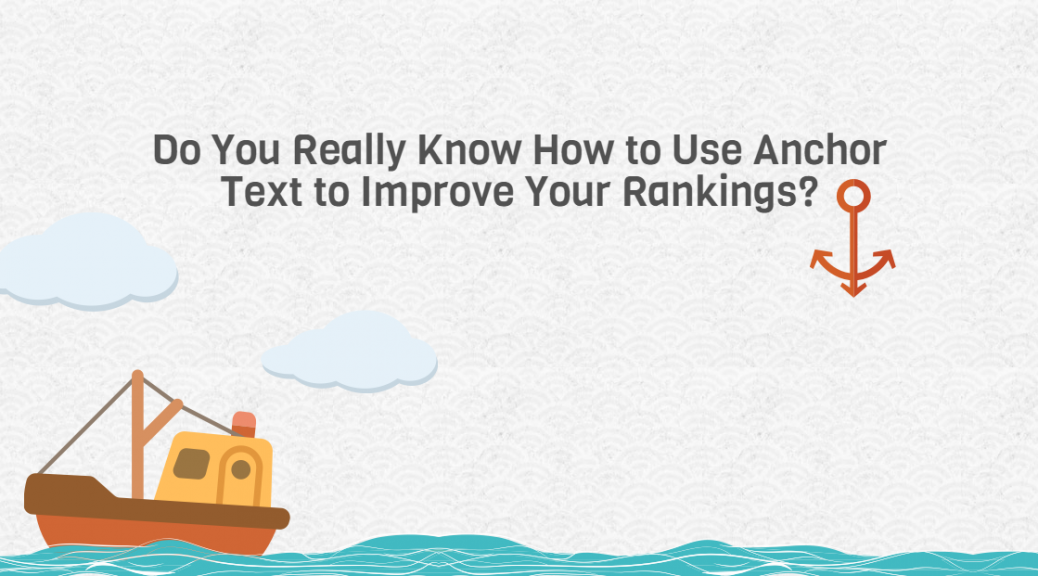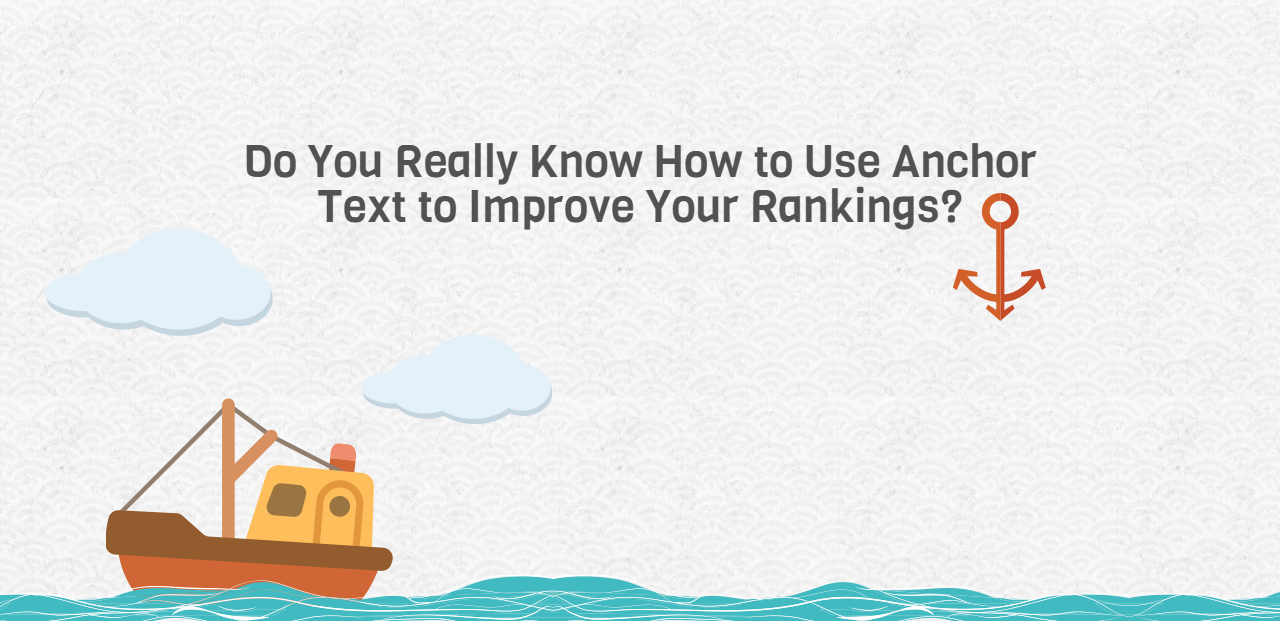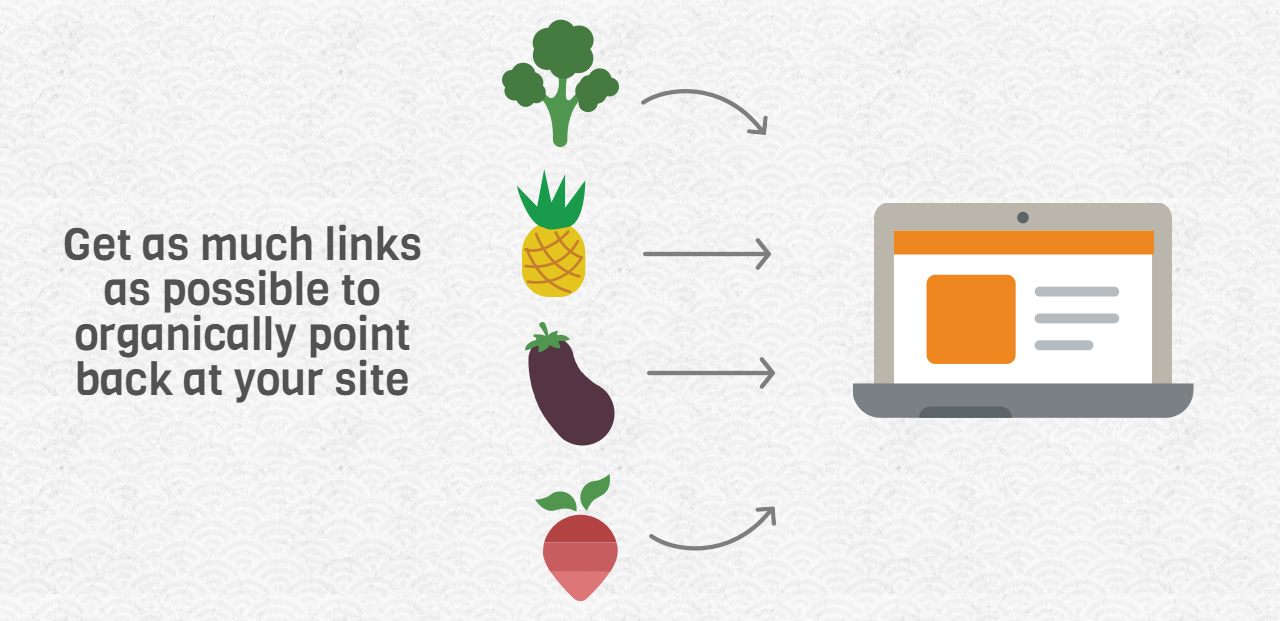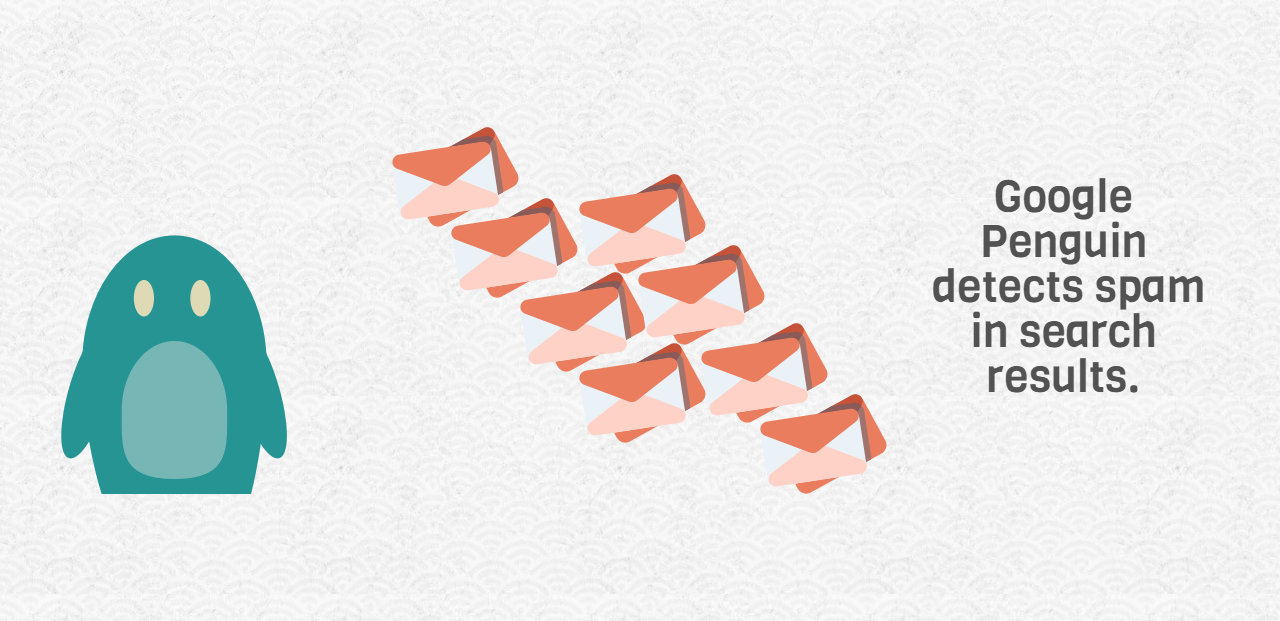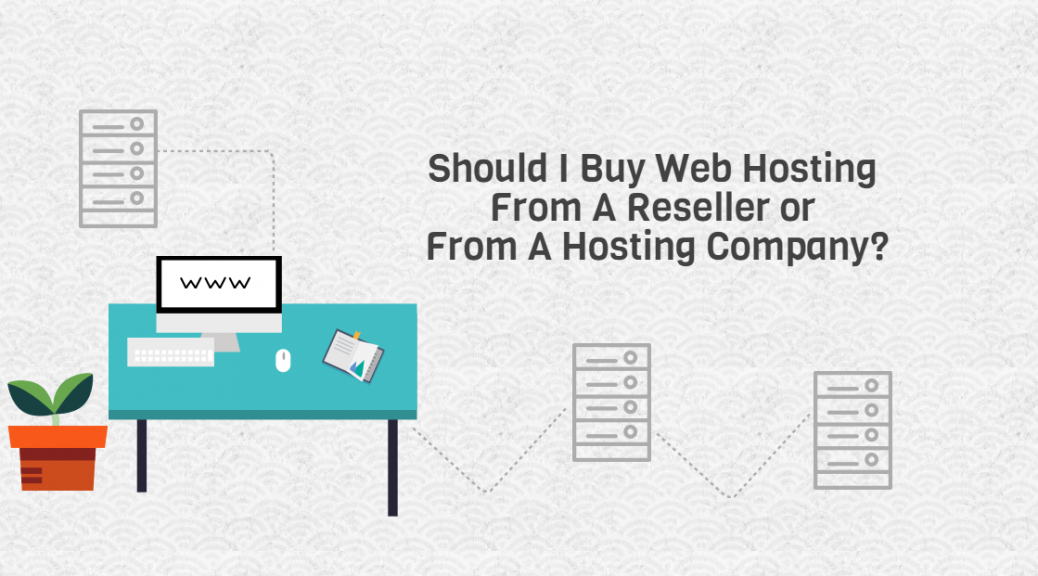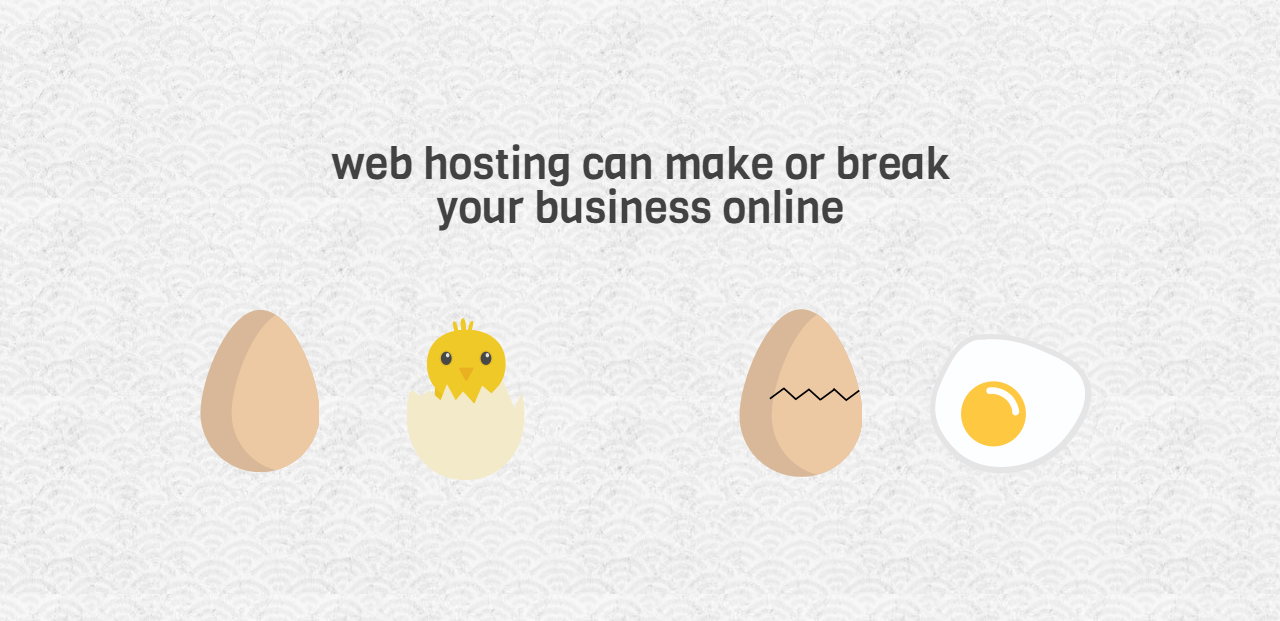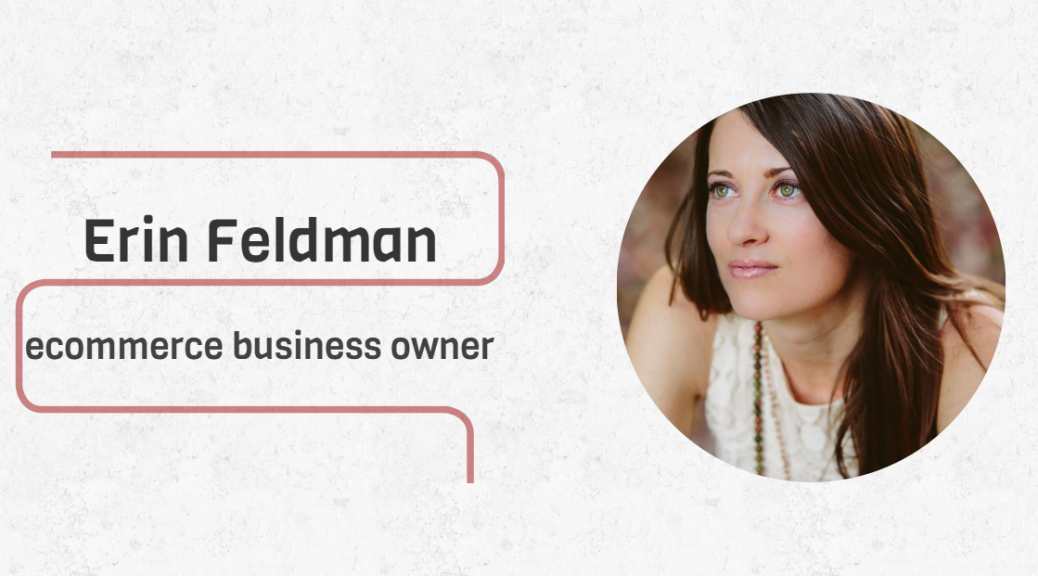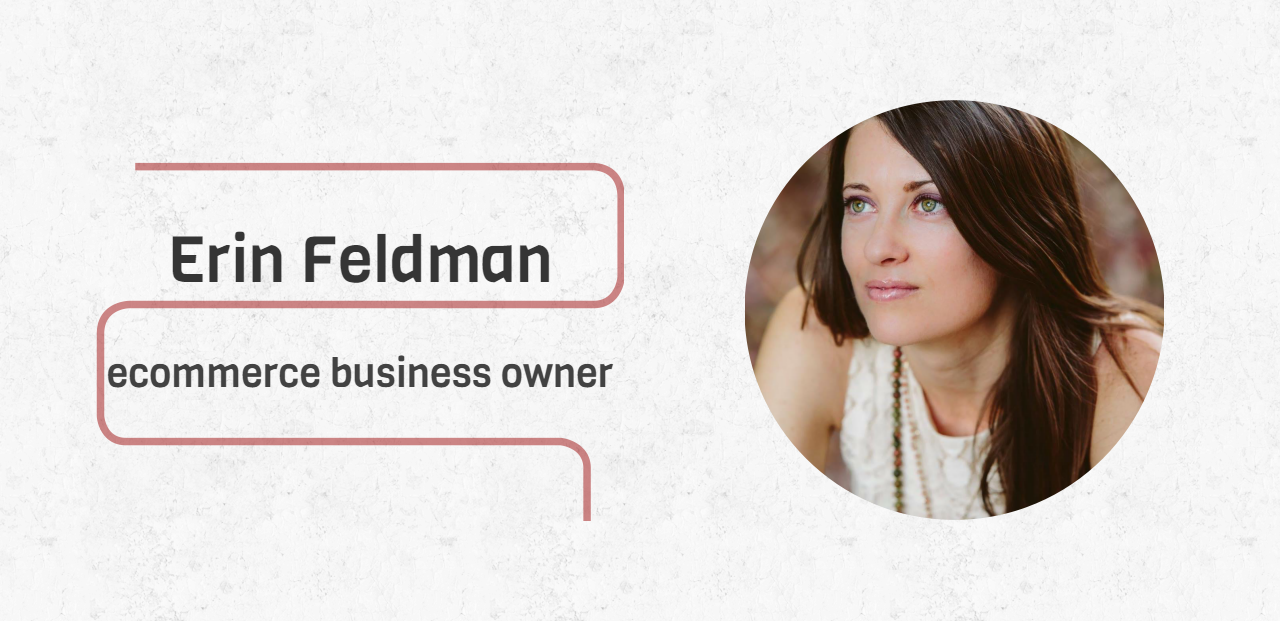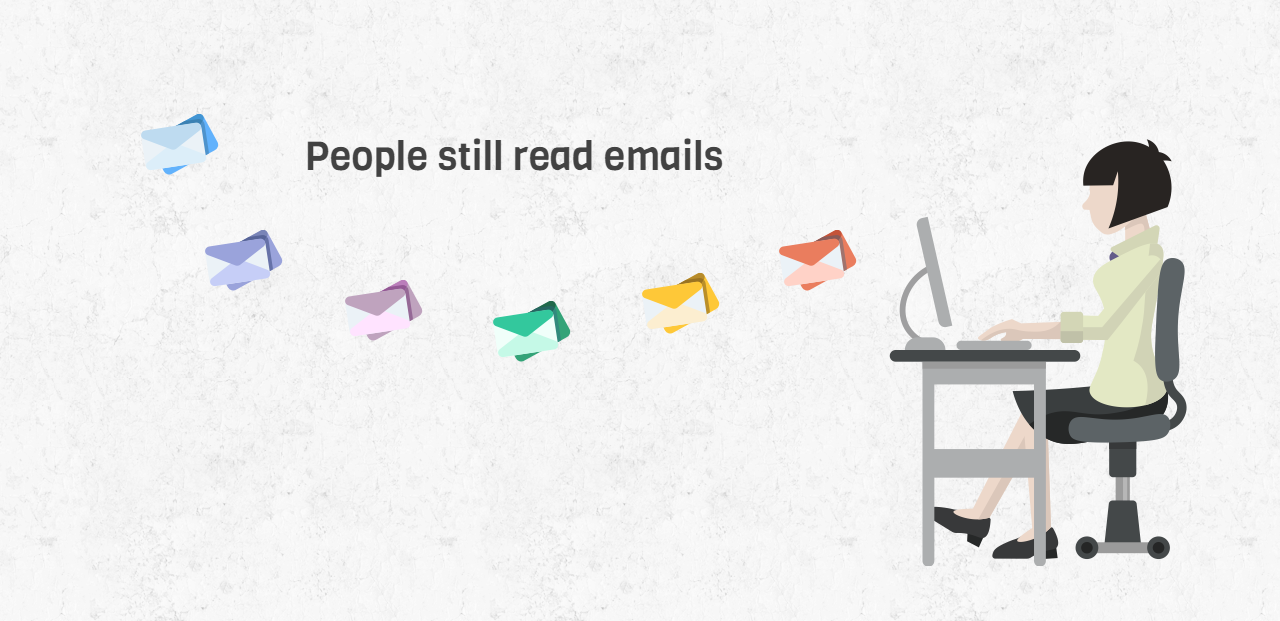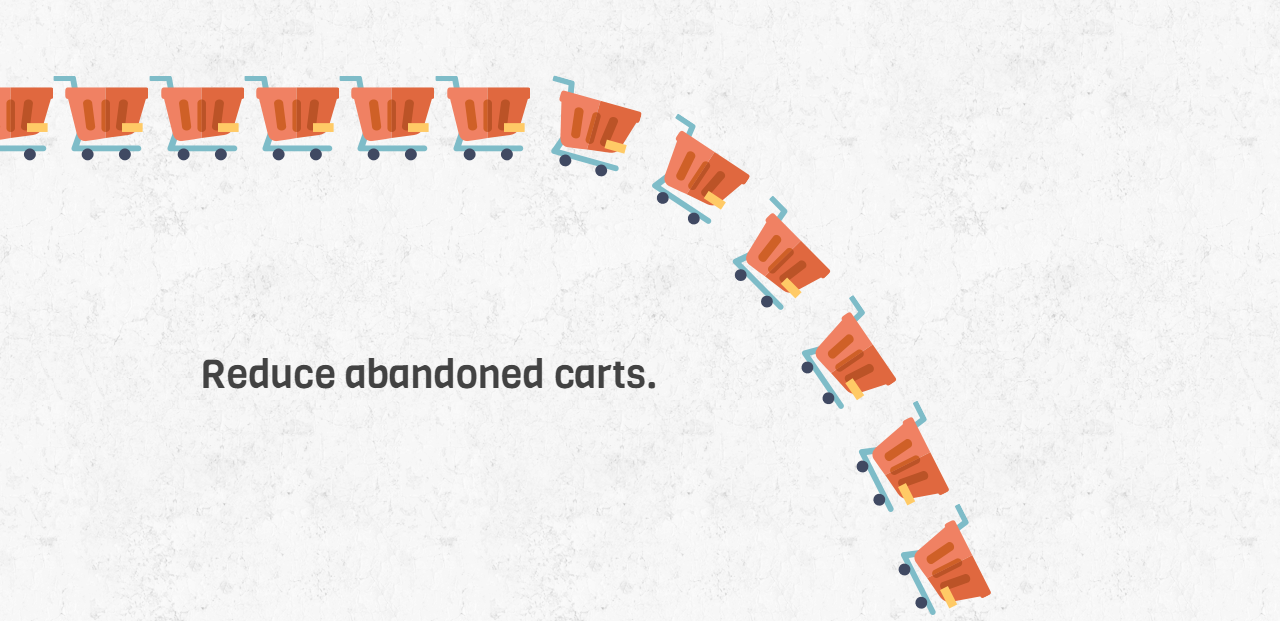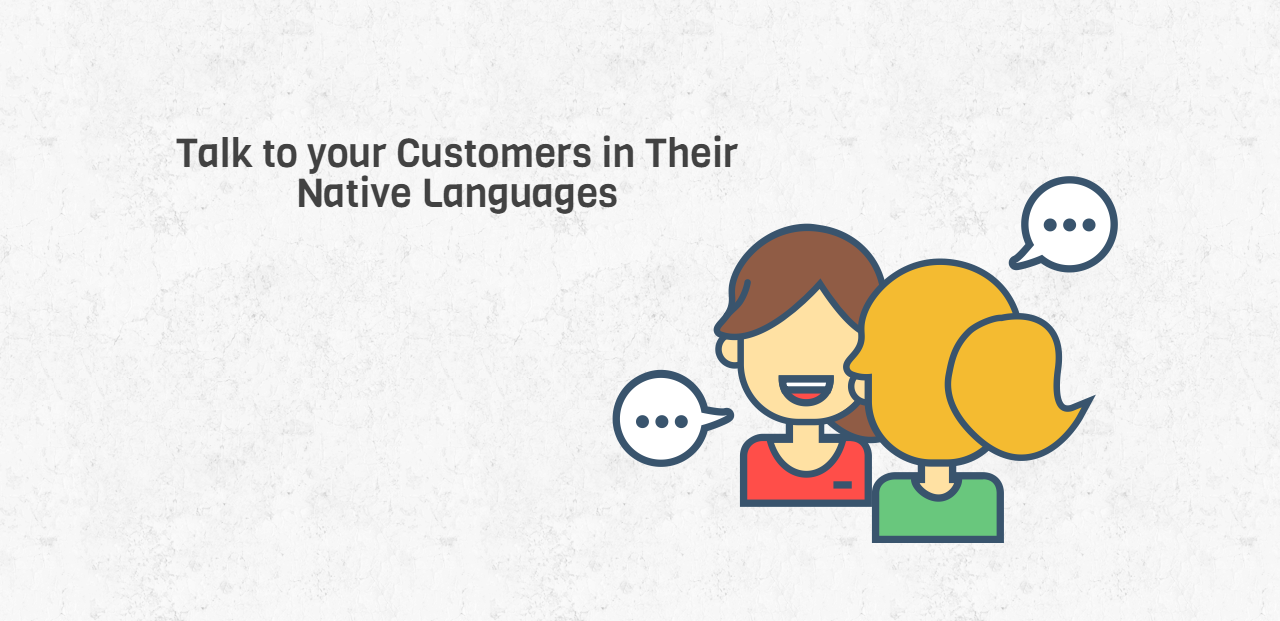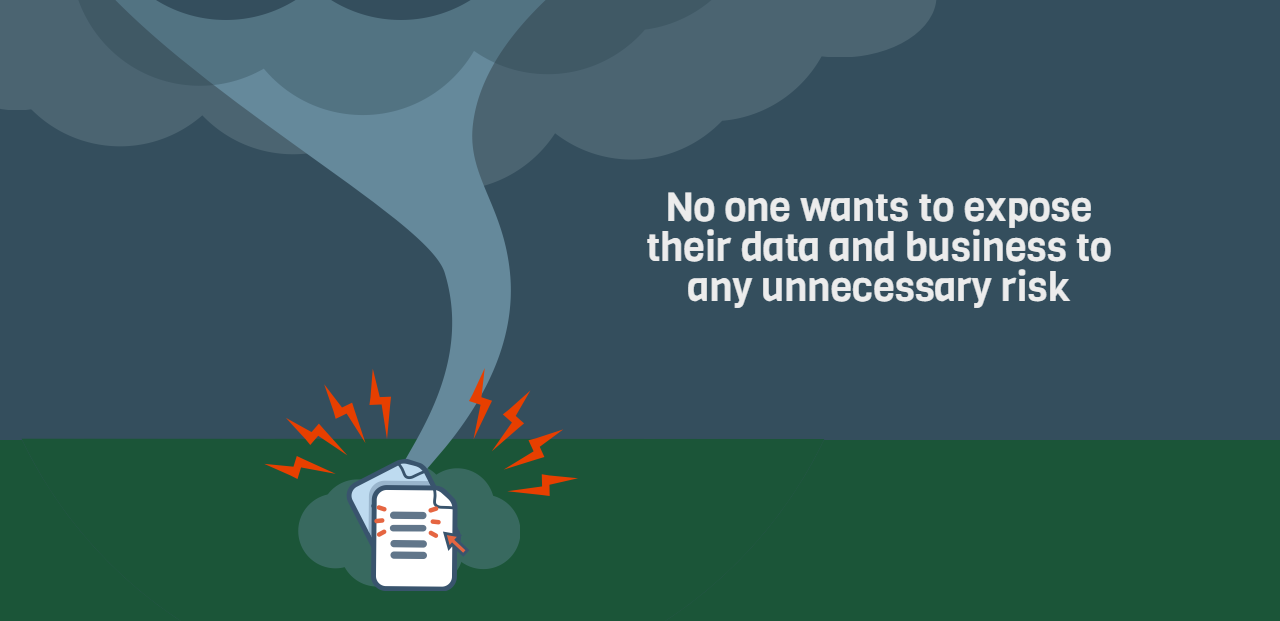Content marketing was HUGE in 2016. And judging by everything that has been going on in this field in the last 12 months – it’s getting bigger! A LOT bigger. Like Bruce Banner when he gets all super angry.
Digging through various different research results these last couple of days, it became crystal clear to me that content marketing is still on the rise. It’s still growing and provoking interest in all sorts of different circles. Even those you’d least expect.
Personally, I know a couple of small time entrepreneurs who made this 2016 their most profitable year yet just by adding content marketing to their overall marketing mix.
These days, loads of people I know are actively reading up on content marketing and trying to figure out how to make it a crucial component in their 2017 marketing strategy. They have finally started seeing this marketing technique for it truly is – a perfect solution for engaging and educating your target audience.
But why now? Content marketing isn’t something new, so why is it trending now? Why is it suddenly so important for all types of brands to regularly feed their followers and leads with all sorts of webinars, blog posts, use cases, case studies, infographics, etc?
Because in order to truly interest someone in doing business with you in this day and age, it’s imperative that you constantly showcase your worth. A well thought-through, organized, and executed content strategy is one of the best ways to pump up your brand awareness and convert your leads into actual paying customers.
As a tech company that operates in a very specific market, we at AltusHost constantly find ourselves in situations where we need to create additional understanding about our services and generate new interest in our brand. That’s why content marketing has been a huge part of our business these last couple of years.
Even though it’s never easy, when done right – content marketing has the power turn even the most obscure brands into genuine industry leaders.
The Rise of Content Marketing
In this highly-competitive world, the only thing that can really sell your products and services is your skill to demonstrate their value.
Never forget that.
People aren’t really interested in classic advertisement anymore. Studies have shown that modern shoppers are far more interested in starting personal relationships/conversations with brands, instead of just reacting to generic discounts and proposals.
When you dig in deep and analyze consumer behavior (in general) on a much larger scale, you’ll easily see that people don’t really buy things anymore just because they look pretty. No. They’ve finally stopped picking up random items from the store shelves and hoping for the best. Today’s shoppers know better than that. They’re far more educated and harder to manipulate.
Modern shoppers have only one thing in mind, and that’s value.
Especially in the B2B world. After crunching their numbers, the guys behind Curata claim that by the end of 2017, 51% of all companies will have an executive in their organization who is directly responsible for developing their in-house content marketing strategy.
But that’s not all. It is also said that now around 50% of B2B buyers rely more on content to research and make B2B purchasing decisions than they did a year ago.
So, What Do These Numbers Actually Tell Us?
Well, just that the habit of making uneducated guesses is now officially dying. In this day and age, shoppers want something that’s serves some real purpose or solves a particular problem for them.
The golden age of 30 second TV commercials is long gone, my friend. A lot of brands today are building their marketing strategy around a genuine consumer collaboration model that builds buzz and get people to partake in your content creation process on their own terms.
In order to convert a certain lead into a sale in 2016 (and the upcoming 2017), you need to convince your potential shopper that your products and services are really worth his/her time and money. The only way that you can do that is by creating all sorts of amazing content that proves that you’re better/different than your direct and indirect competitors.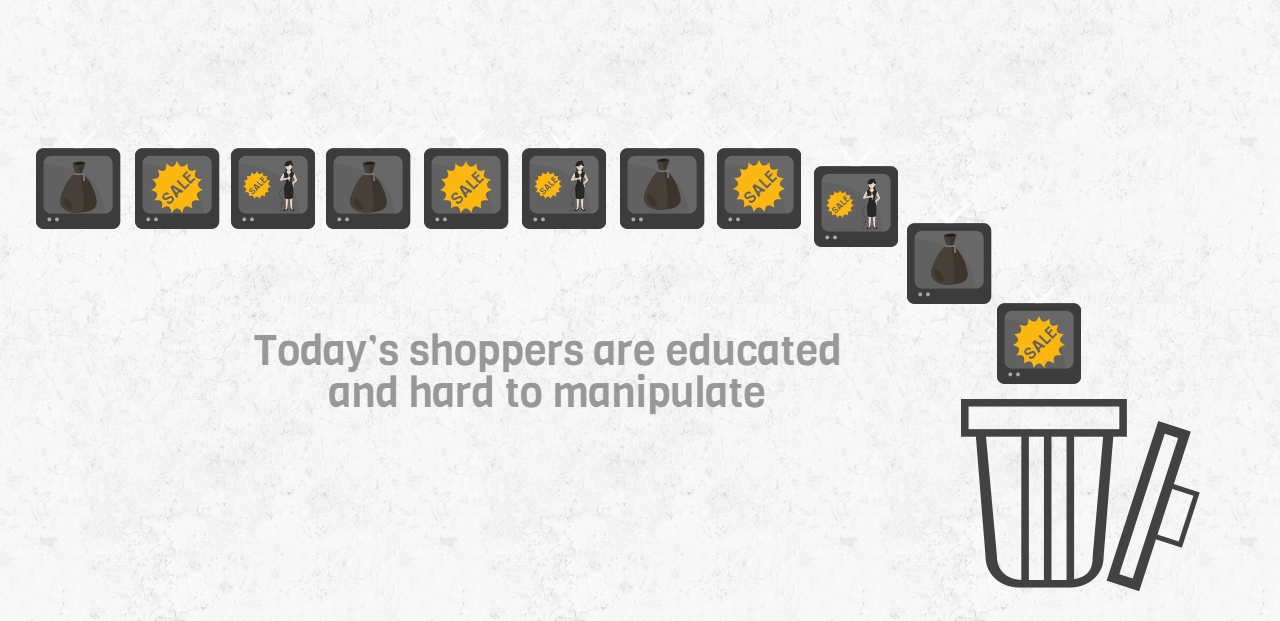
As you know, if you have been revisiting this site for quite some time now, content marketing is a subject that I often cover on this blog. During these last 18 months, I’ve done my best to help you understand how to create amazing content and prove its ROI.
Looking back on everything I wrote here in these last 12 months, I would say that the key takeaways from my 2016 content marketing efforts are:
1. Design multiple, precise customer personas;
2. Focus on quality, not quantity;
3. Always do your best to create “original 10x content”;
4. Make different types of content that speak to your audience in every stage of your marketing funnel;
5. Don’t just write fluff – solve problems for your reader;
6. Data is a great sidekick, but a terrible leader – use your numbers to guide your content marketing efforts, but only to a certain extent;
7. Always tell a story, don’t just list facts;
8. Always write for an audience of exactly one;
9. Find your short and long-tail keywords, but don’t just settle for what Google’s Keyword Planner has to offer you;
10. Measure your success, be patient, focus on content that offers direct, collective and second chance return of your investments;
11. Combine your SEO and content marketing efforts.
These are just some of the major takeaways from 2016.
Even though I shared a lot of value here and tried my best to teach our audience such things as: the [Persona] + [Use Case] Formula, proper storytelling, how to use data to supercharge your content marketing efforts, etc – the truth is, I never really discussed strategy with you.
So, having this in mind, I’ve decided to make the rest of this post all about content strategy:
The 2017 Content Strategy
In this upcoming year, in order to make content marketing worth your while, you’ll need to build your strategy around an idea that actually stimulates people to communicate with your brand and recognize your content as something more than that just another text or image online.
Every 2017 content marketing strategy should be built around that. You want to create content that provokes people to act and react on what you share online. In 2016, one thing was clear – dynamic storytelling is king! Every brand that decided to think beyond traditional media formats and really focus on interaction has won big in this department.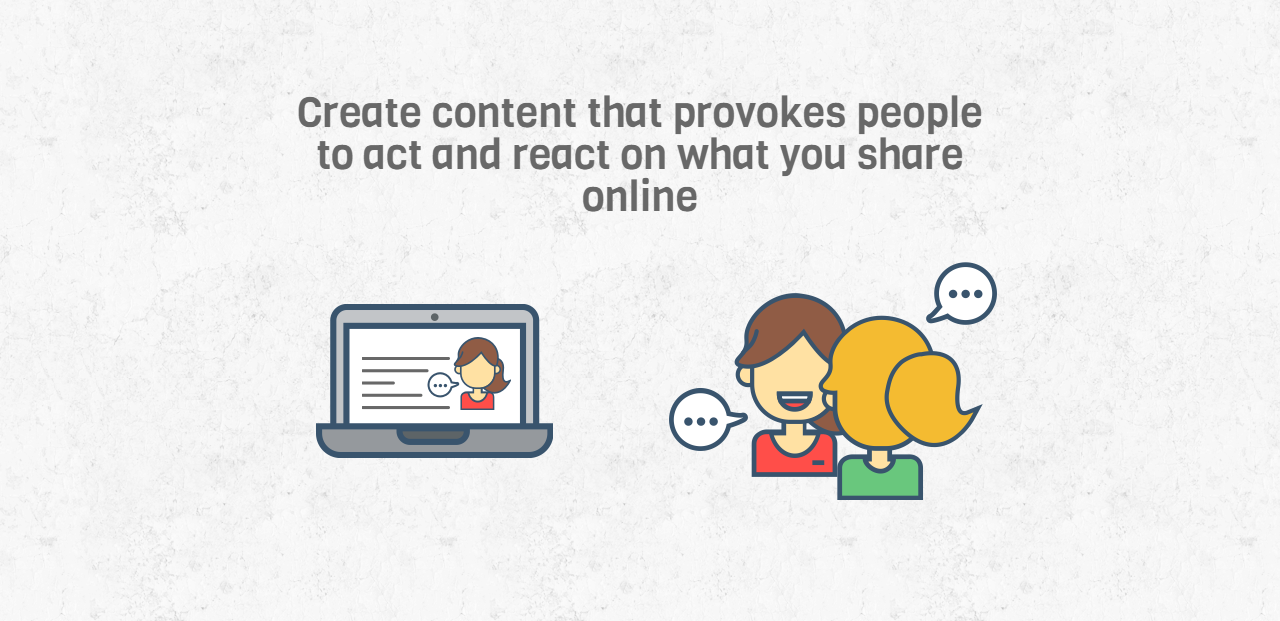
In order to grow your business online, you need to do a lot more than just create content. You need to get people to really read it, understand it, and in the end – amplify it. That’s why your content needs to be more about your customers, than your products.
The guys at Coca-Cola have a great understanding of that. They call this strategy “liquid content”. Why? – Well, because, its prime objective is to easily and freely flow from one consumer to another. That type of content basically begs to be shared. It’s irresistible and so contagious that it cannot be controlled. It immediately sparks a lot of interest from its targeted audience.
Liquid content is important for brands because it:
1. Often (if done right) outgrows your expectations and helps you learn a lot of new things about your audience;
2. Positions your company as an expert in its field;
3. Builds up brand awareness through entertainment;
4. Spikes up customer interests in your company, services, and products;
5. Creates loyal raving fans and followers that money cannot buy.
Adopt the 70-20-10 Rule
Even though liquid content should be a huge part of your 2017 content marketing strategy, that still doesn’t really mean that you should kill everything that has been going great for you so far in this department.
Sure, in this day and age, a lot of people are interested far more in interactive content than anything else, but there’s still a huge demand out there for case studies, white papers, webinars, and all sorts of videos and blog posts that educate users about your products and services.
Traditional content formats aren’t dying, they’re just transforming into something far more powerful.
Regardless how many blog posts and case studies get published every single day online – this type of content will never go away. I truly believe that. Creating how-to content around relevant short and long tail queries is still every content marketer’s bread and butter, now and forever.
But, you cannot stop there. You need to mix it up a bit if you want to rise above your competitors and become a top player in your niche. That’s why I suggest the 70-20-10 investment principal for everyone who plans to see significant ROI from his/her content marketing efforts in this upcoming year.
In case you’re not familiar with this strategy, allow me to explain it to you:
A 70-20-10 rule is a content marketing principle in which certain brand invests 70% of its resources into creating low-risk content, 20% into new trending formats, and 10% into risky ventures that could become tomorrow’s 70% or 20% content.
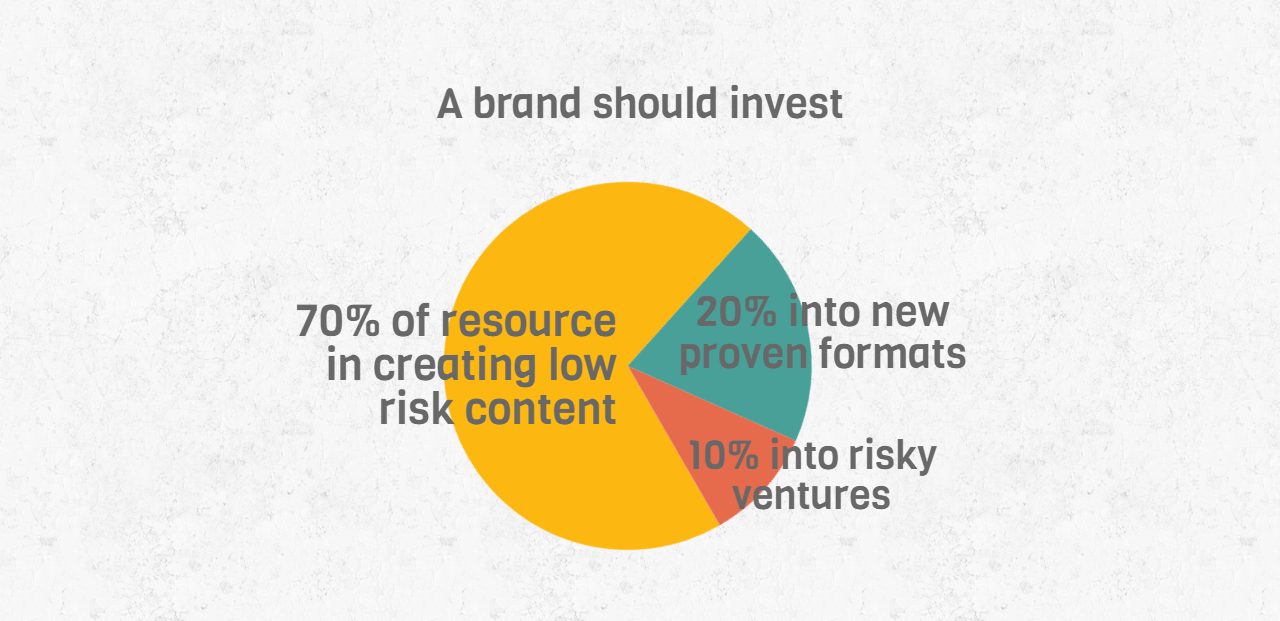
By following this blueprint, regardless how you do in these last two stages, you’ll instantly turn your business into something more than it already is. Innovation is a big part of content marketing. Apart from chasing old KPIs in this field, you should always try your best to change the game and bring something new to the table. Even though if you first don’t succeed, it’s only a matter of time when you’ll be rewarded for your efforts and bravery.
Goran Mirkovic.



